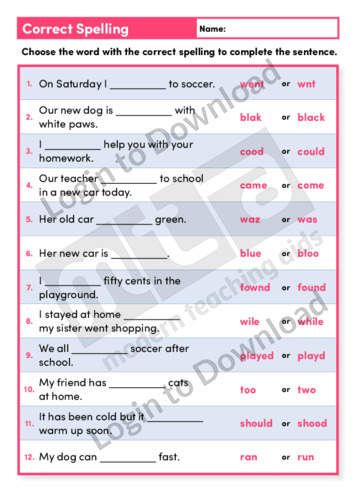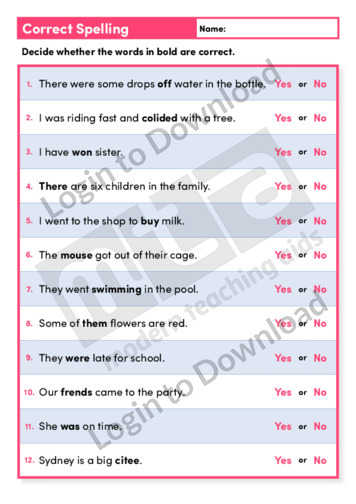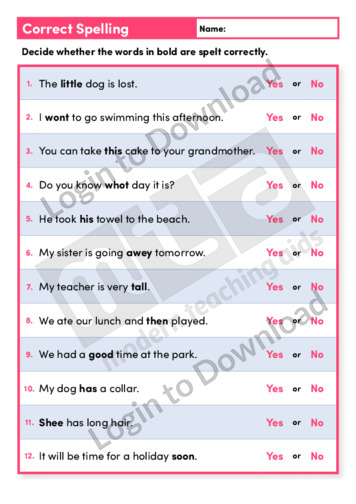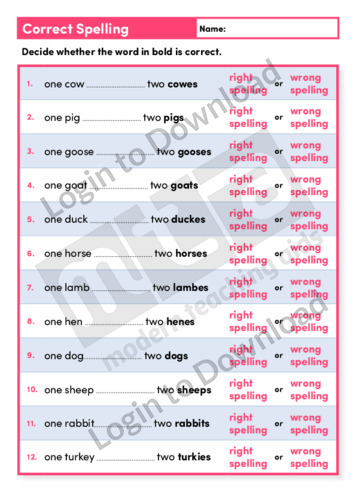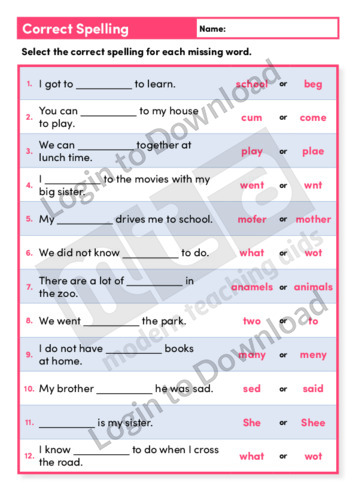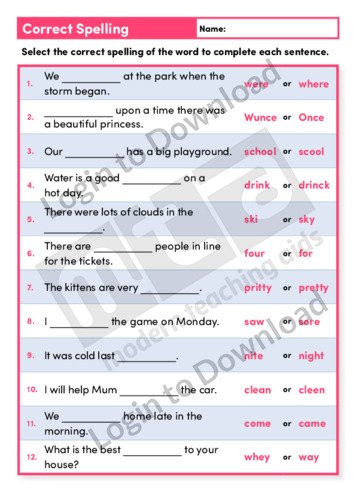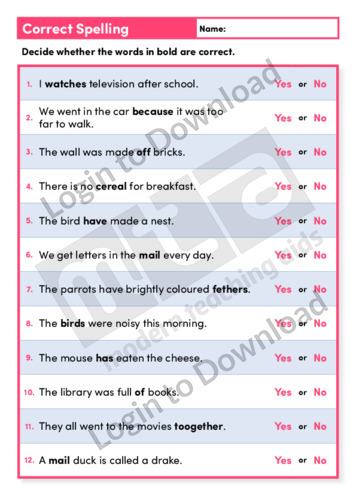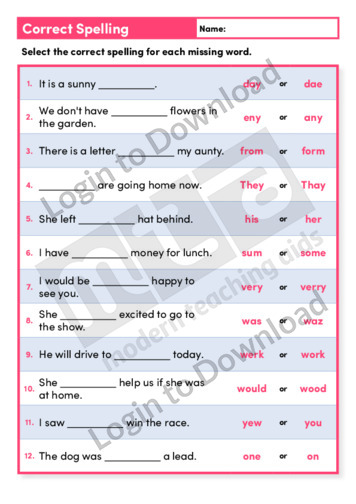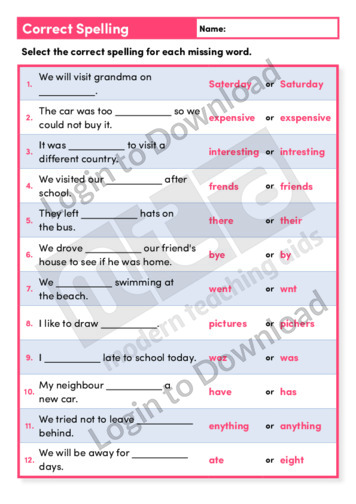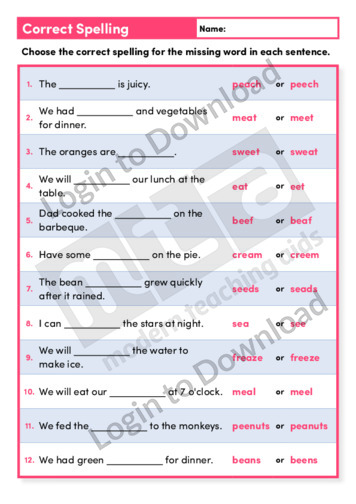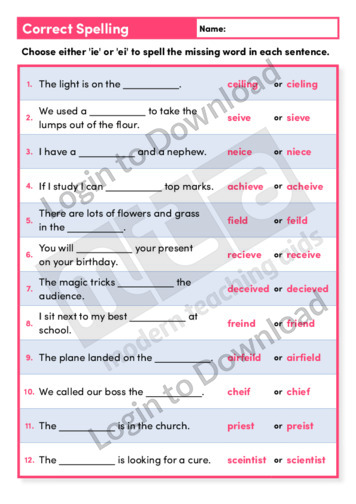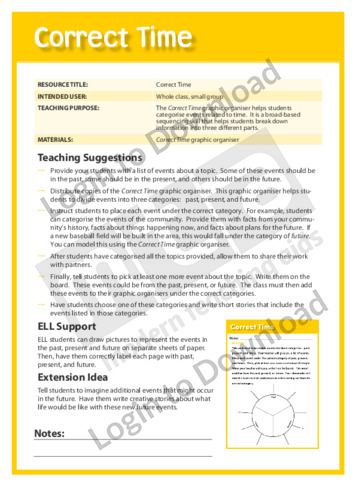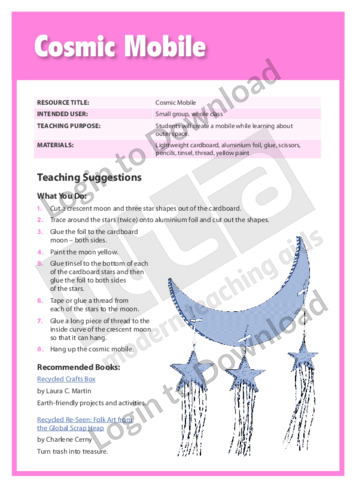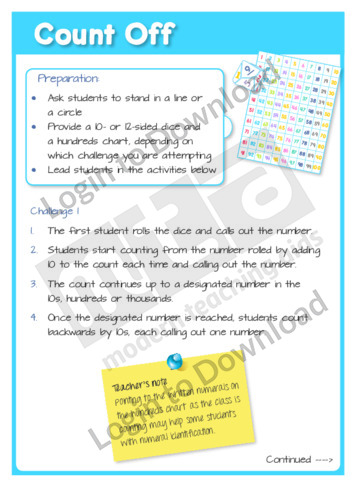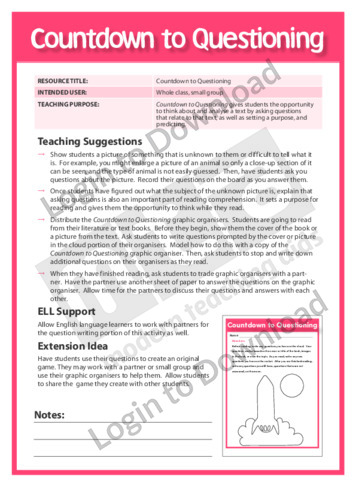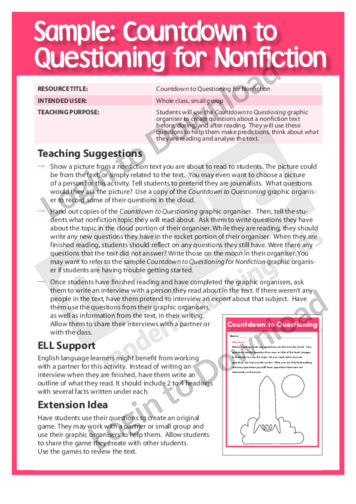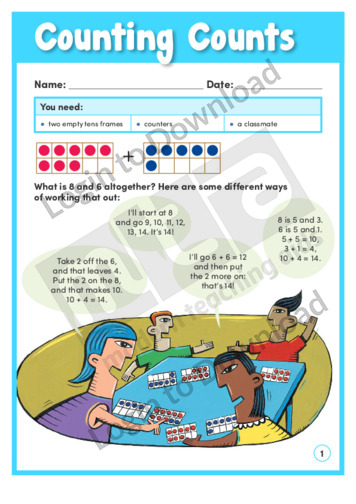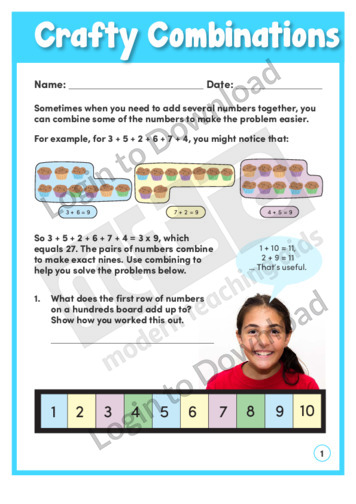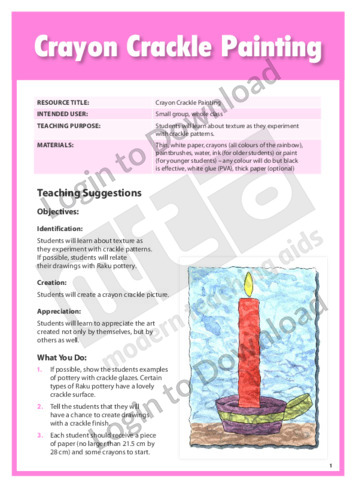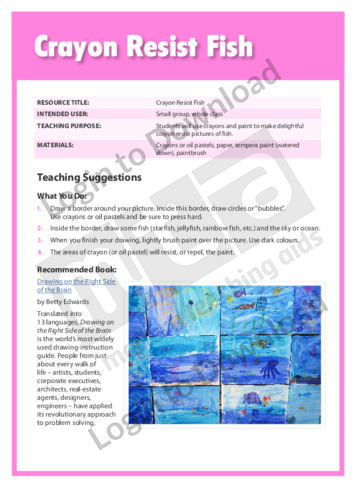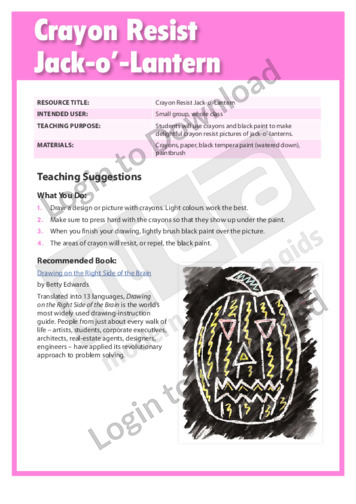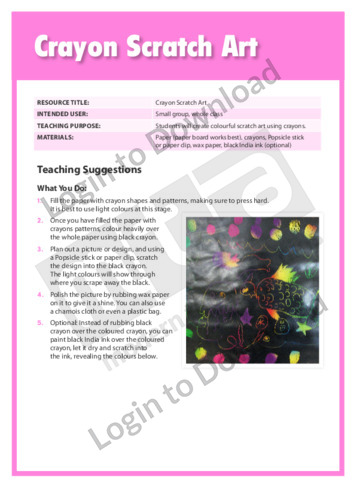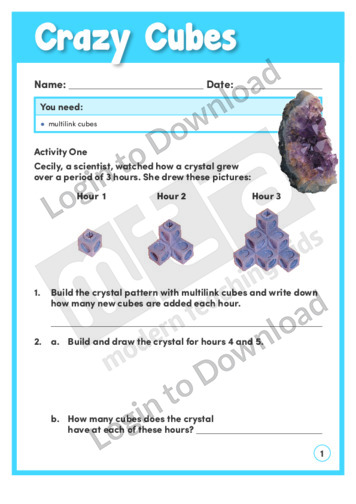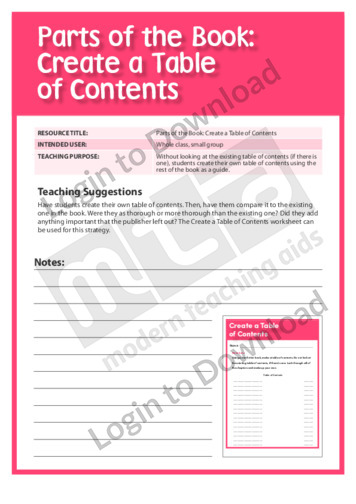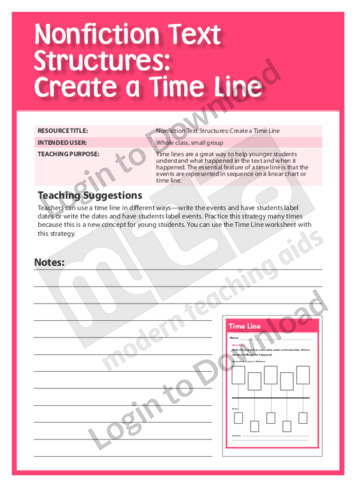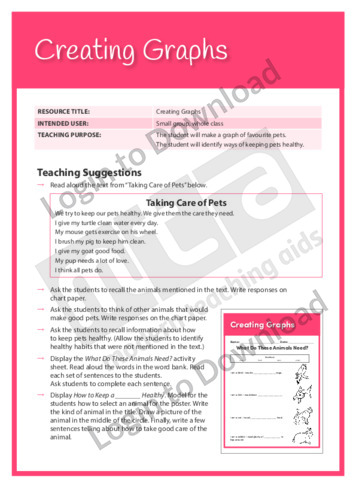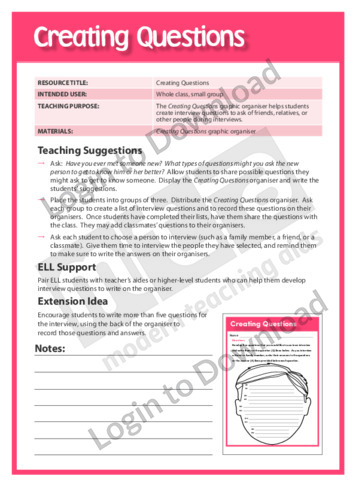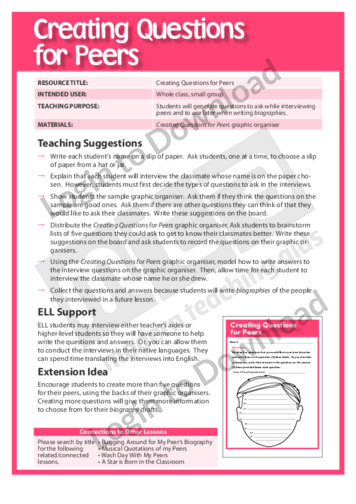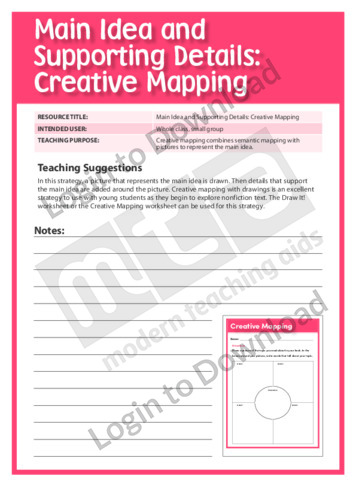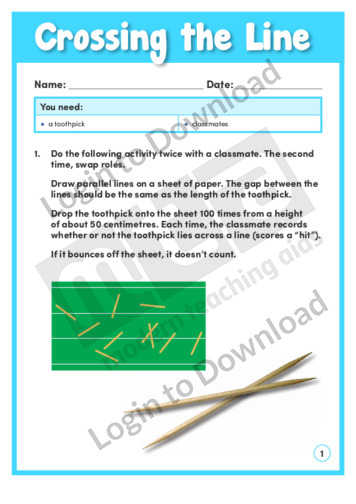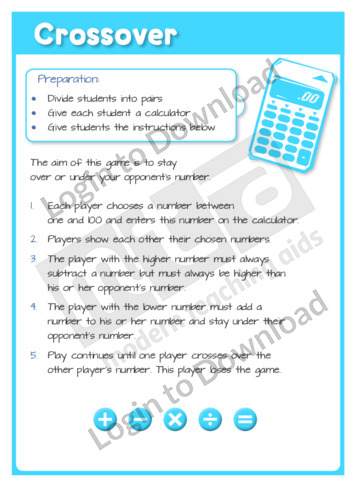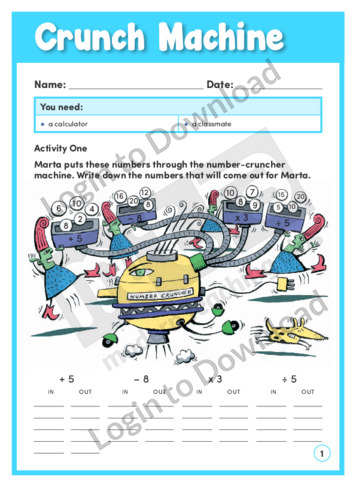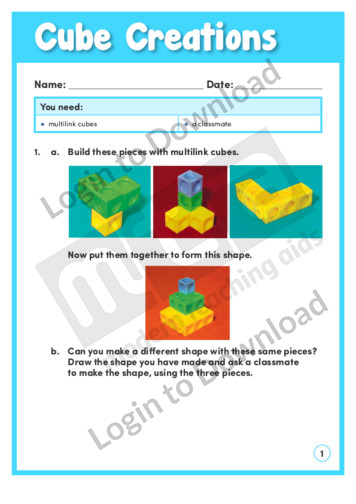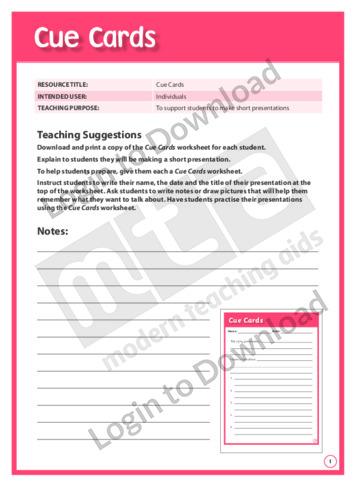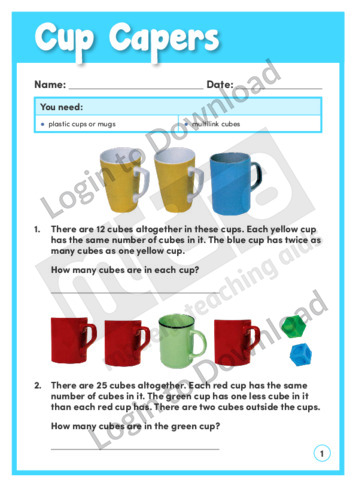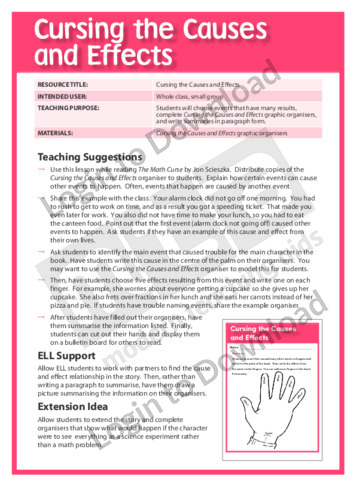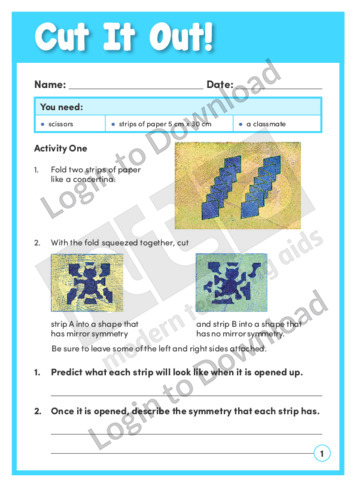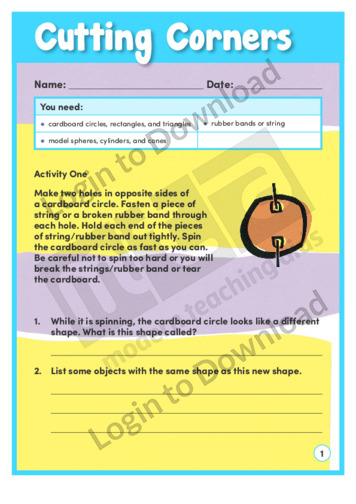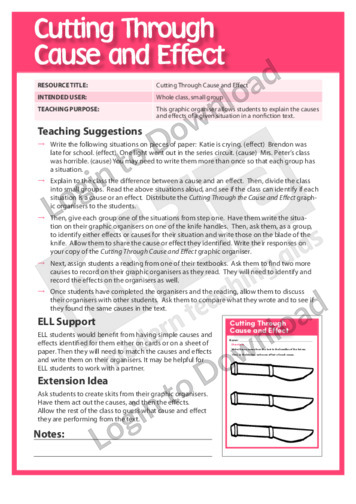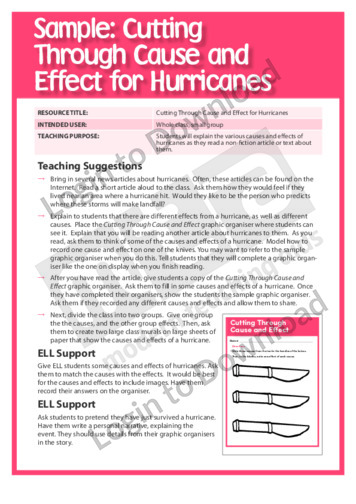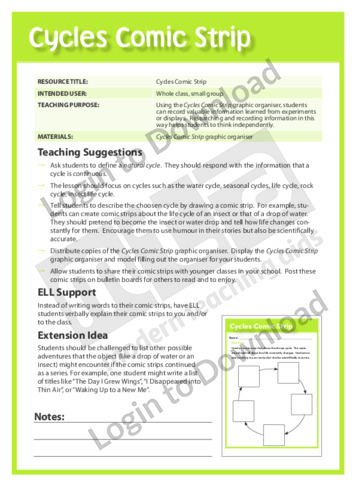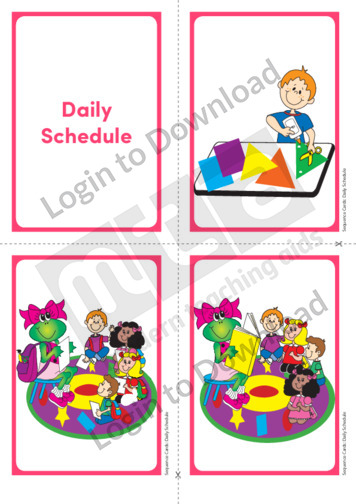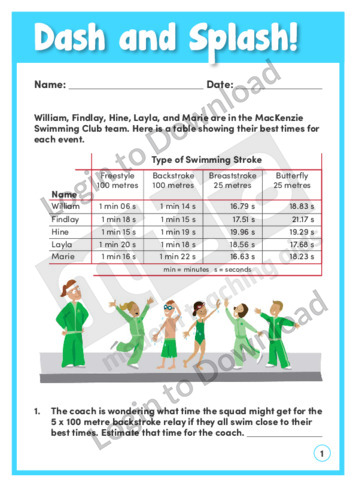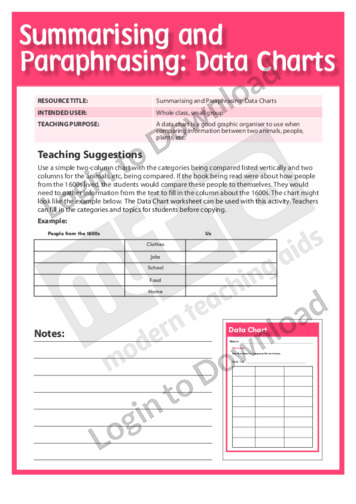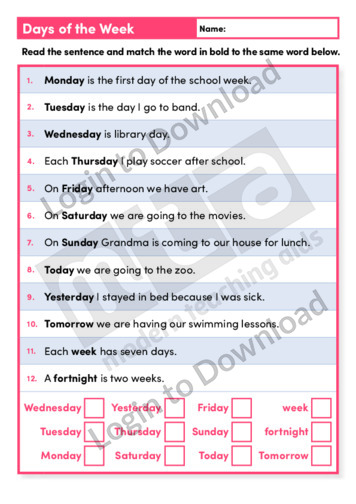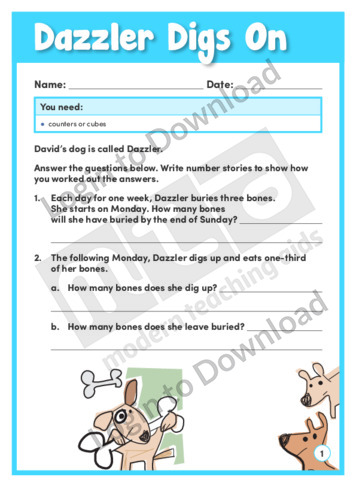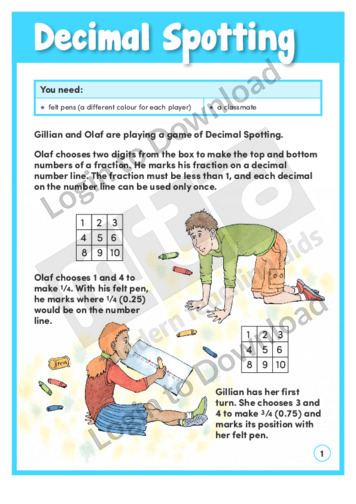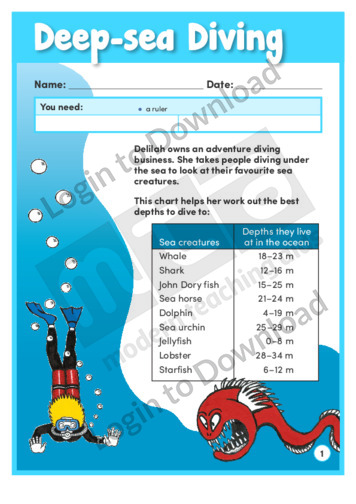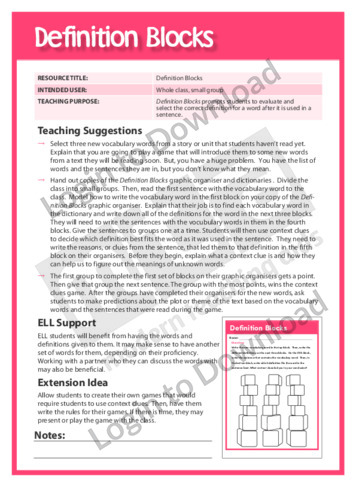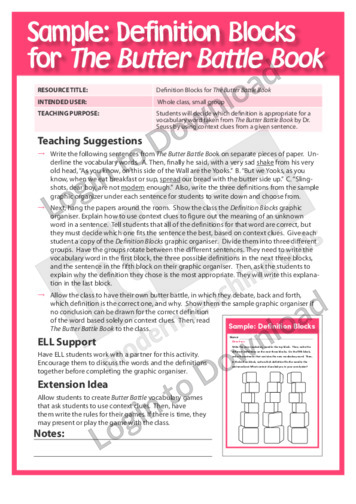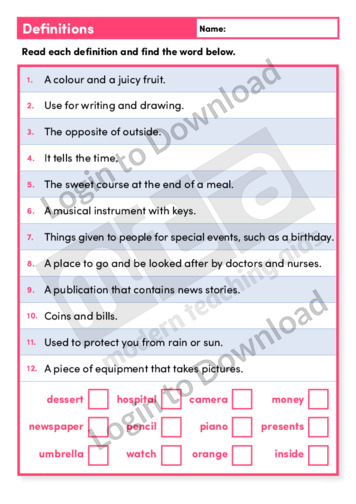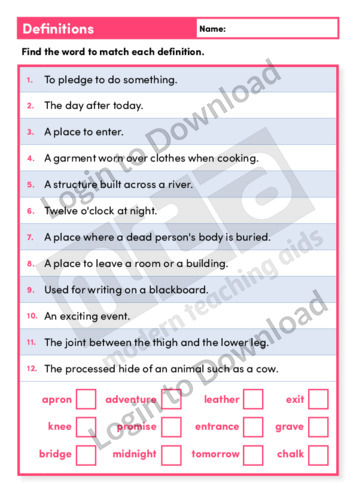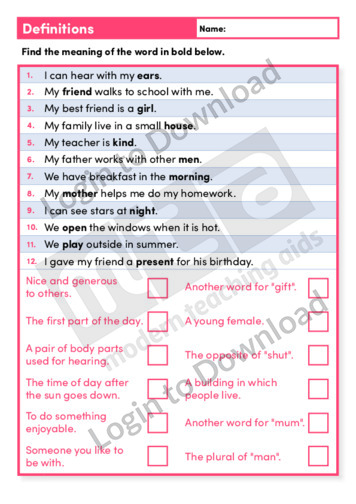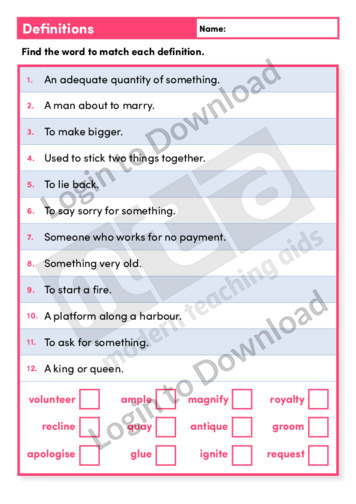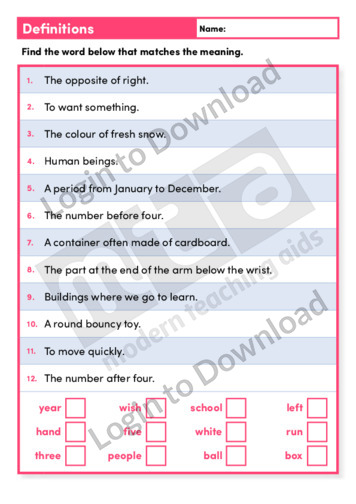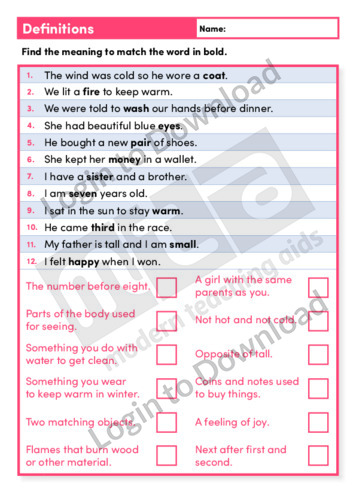This spelling activity, ‘Correct Spelling’ provides opportunities for practice with choosing the correctly spelt word.
This spelling activity, ‘Correct Spelling’ provides opportunities for practice with choosing the correct way to spell words.
This spelling activity, ‘Correct Spelling’ provides opportunities for practice with proofing and correctly identifying correct and misspelt words.
This spelling activity, ‘Correct Spelling’ provides opportunities for practice with identifying the correctly spelt plural form of the animals.
This spelling activity, ‘Correct Spelling’ provides opportunities for practice with choosing the correct way to spell words.
This spelling activity, ‘Correct Spelling’ provides opportunities for practice with selecting the correctly spelt word.
This spelling activity, ‘Correct Spelling’ provides opportunities for practice with choosing the correctly spelt word to complete the sentences.
This spelling activity, ‘Correct Spelling’ provides opportunities for practice with choosing the correct way to spell words.
This spelling activity, ‘Correct Spelling’ provides opportunities for practice with selecting the correctly spelt word.
This spelling activity, ‘Correct Spelling’ provides opportunities for practice with choosing the correctly spelt word.
This spelling activity, ‘Correct Spelling’ provides opportunities for practice with choosing the correctly spelt word to complete the sentences.
This spelling activity, ‘Correct Spelling’ provides opportunities for practice with choosing the correctly spelt word to complete the sentences.
This graphic organiser, ‘Correct Time’ helps students categorise events related to time, sequencing past, present and future events.
This art project ‘Cosmic Mobile’ enables students to create space-themed mobiles. It is aimed at developing students’ awareness of basic artistic procedures. It provides a list of materials, easy-to-follow step-by-step art instructions and a list of recommended art books.
This maths activity, ‘Count Off’ develops basic maths skills by encouraging students to practise counting in 10s, 100s and 1000s as part of a game played as a class. It includes a 10-sided dice template and a hundreds chart.
This graphic organiser, ‘Countdown to Questioning’ gives students the opportunity to analyse a text by asking questions that relate to that text, as well as setting a purpose and predicting.
This graphic organiser, ‘Countdown to Questioning for Non-fiction’ asks students to create questions about a non-fiction text before, during and after reading.
In the learning activity, ‘Counting Counts’, students are challenged to develop their own mental images of how numbers can be partitioned and regrouped. An answer sheet is provided and includes accompanying teaching notes with suggestions for supporting learning and further exploration.
This art project ‘Crayon Crackle Painting’ enables students to explore crackle textures. It is aimed at developing students’ awareness of basic artistic procedures. It provides a list of materials, easy-to-follow step-by-step art instructions and a recommended art book.
This art project ‘Crayon Resist Fish’ enables students to create fish-themed crayon resist pictures. It is aimed at developing students’ awareness of basic artistic procedures. It provides a list of materials, easy-to-follow step-by-step art instructions and a recommended art book.
This art project ‘Crayon Resist Jack-o’-Lantern’ enables students to create crayon resist pictures using crayons and paint. It is aimed at developing students’ awareness of basic artistic procedures. It provides a list of materials, easy-to-follow step-by-step art instructions and a recommended art book.
This art project ‘Crayon Scratch Art’ enables students to create scratch art using crayons and ink. It is aimed at developing students’ awareness of basic artistic procedures. It provides a list of materials and easy-to-follow step-by-step art instructions.
To complete the learning activity, ‘Crazy Cubes’ students replicate the growth of crystals by using multilink cubes. They must identify and follow a crystal’s regular pattern of growth over time. An answer sheet is provided and includes teaching notes with suggestions for supporting learning and further exploration.
This content area reading learning activity, ‘Create a Poster,’ helps students compile information they have learned about the preface and appendix. It encourages students to make a poster listing creatively important facts that they should know about these parts of the book.
This content area reading learning activity, ‘Create a Table of Contents,’ reinforces students’ understanding of the table of contents. It has students create their own table of contents for a book they are reading and then compare it to the table of contents in the actual book.
This content area reading learning activity, ‘Create a Time Line,’ shows students how to create a time line. It is aimed at helping students to understand what happened in the text and when it happened by representing the events in sequence on a linear chart or time line.
This Writing Traits activity, ‘Creating Graphs’ encourages students to practise representing data.
This graphic organiser, ‘Creating Questions’ supports students in planning writing using prewriting strategies to create questions for an interview.
This graphic organiser, ‘Creating Questions for Peers’ supports students in planning writing, using prewriting strategies to create questions for interviewing peers.
This content area reading learning activity, ‘Creative Mapping,’ encourages students to organise the information they know about a subject. It is aimed at enhancing students’ comprehension of the text by having them create a visual representation of the subject being discussed.
In this learning activity, ‘Crossing the Line’, students conduct an experiment known as Buffon’s Needle by dropping a toothpick onto a lined sheet of paper 100 times. Students analyse their results and express the probability of a hit as a simple fraction. An answer sheet is provided and includes teaching notes with suggestions for supporting …More
This maths activity, ‘Crossover’ develops basic maths skills by encouraging students to practise addition and subtraction as part of a game played in pairs with a calculator.
In this learning activity, ‘Crunch Machine’, students must first help a number-cruncher machine complete its equations and then find the missing signs to make various equations true. An answer sheet is provided and includes teaching notes with suggestions for supporting learning and further exploration.
The learning activity, ‘Cube Creations’ is also a learning activity students can share. They use the multilink cubes to draw and make different shapes, and challenge classmates to recreate their shapes. An answer sheet is provided and includes teaching notes with suggestions for supporting learning and further exploration.
This oral language activity, ‘Cue Cards’ supports language development by encouraging students to make short presentations. A cue card provided has space for students to record their topic and cues for speaking.
The learning activity, ‘Cup Capers’ challenges students to solve increasingly difficult puzzles based on hiding cubes in cups. As they do so, students explore the relationships between variables and find out how to use this knowledge to solve problems. An answer sheet is provided and includes accompanying teaching notes with suggestions for supporting learning and …More
This graphic organiser, ‘Cursing the Causes and Effects’ asks students to choose events that have many results and to write summaries in paragraph form.
The learning activity ‘Cut It Out!’, includes a learning activity that gives students opportunities to explore different kinds of symmetry. They fold and cut paper strips to discover the symmetry formed, and explain how it was made. An answer sheet is provided and includes teaching notes with suggestions for supporting learning and further exploration.
This art project ‘Cutlery Wind Chimes’ enables students to create wind chimes from recycled cutlery. It is aimed at developing students’ awareness of basic artistic procedures. It provides a list of materials, easy-to-follow step-by-step art instructions and a list of recommended art books.
This learning activity, ‘Cutting Corners’, instructs students to make cardboard shapes and spin them to see the rotational image. Students then list common objects with the same shape as the image. An answer sheet is provided and includes teaching notes with suggestions for supporting learning and further exploration.
This graphic organiser, ‘Cutting Through Cause and Effect’ allows students to explain the causes and effects of a given situation in a non-fiction text.
This graphic organiser, ‘Cutting Through Cause and Effect for Hurricanes’ asks students to explain the various causes and effects of hurricanes as they read a non-fiction article or text about them.
This graphic organiser, ‘Cycles’ helps students to record valuable information from an experiment or display.
This graphic organiser, ‘Cycles Comic Strip’ helps students to record valuable information from their experiments or displays.
This sequencing activity, ‘Daily Schedule’ develops comprehension through sequencing images about class activities during the day.
The learning activity, ‘Dash and Splash!’ poses the problems of a swimming coach who has to choose the best team for a mixed relay. Students use estimates and comparisons to find the answers. This activity includes comprehensive teaching notes to be read before beginning the activity with students, as they feature useful background information and …More
This content area reading learning activity, ‘Data Charts,’ helps students compare information. It is aimed at enhancing students’ comprehension of the text by having them gather important information to fill in their charts.
This reading activity, ‘Days of the Week’ provides opportunities for practice with days of the week vocabulary within the context of sentences.
The interesting game, ‘Decimal Spotting’ can be played by two students who take turns to draw digits then mark fractions on a line of decimals. The game encourages students to identify the relationships between fractions and decimals and gives them practice in converting from one to the other. An answer sheet is provided and includes …More
How far down would you have to dive to find a sea horse? In the learning activity, ‘Deep Sea Diving’ students help a diving operator determine how far her clients need to dive to see their favourite fish. Students use graphs to provide visual solutions, showing the relationships between sea creatures and where they live. …More
This graphic organiser, ‘Definition Blocks’ asks students to evaluate and select the correct definition for a word after it is used in a sentence.
This graphic organiser, ‘Definition Blocks for The Butter Battle Book’ asks students to decide which definition is appropriate for a vocabulary word taken from The Butter Battle Book by Dr Seuss by using context clues from a given sentence.
This vocabulary activity, ‘Definitions’ supports vocabulary development by encouraging students to match definitions to common words.
This vocabulary activity, ‘Definitions’ supports vocabulary development by encouraging students to match common words to their correct definitions.
This reading activity, ‘Definitions’ provides opportunities for practice with matching common words to their descriptions.
This vocabulary activity, ‘Definitions’ supports vocabulary development by encouraging students to match common words to their correct definitions.
This reading activity, ‘Definitions’ provides opportunities for practice with matching common words to their descriptions.
This reading activity, ‘Definitions’ provides opportunities for practice with general vocabulary definitions.
It�s that easy!

